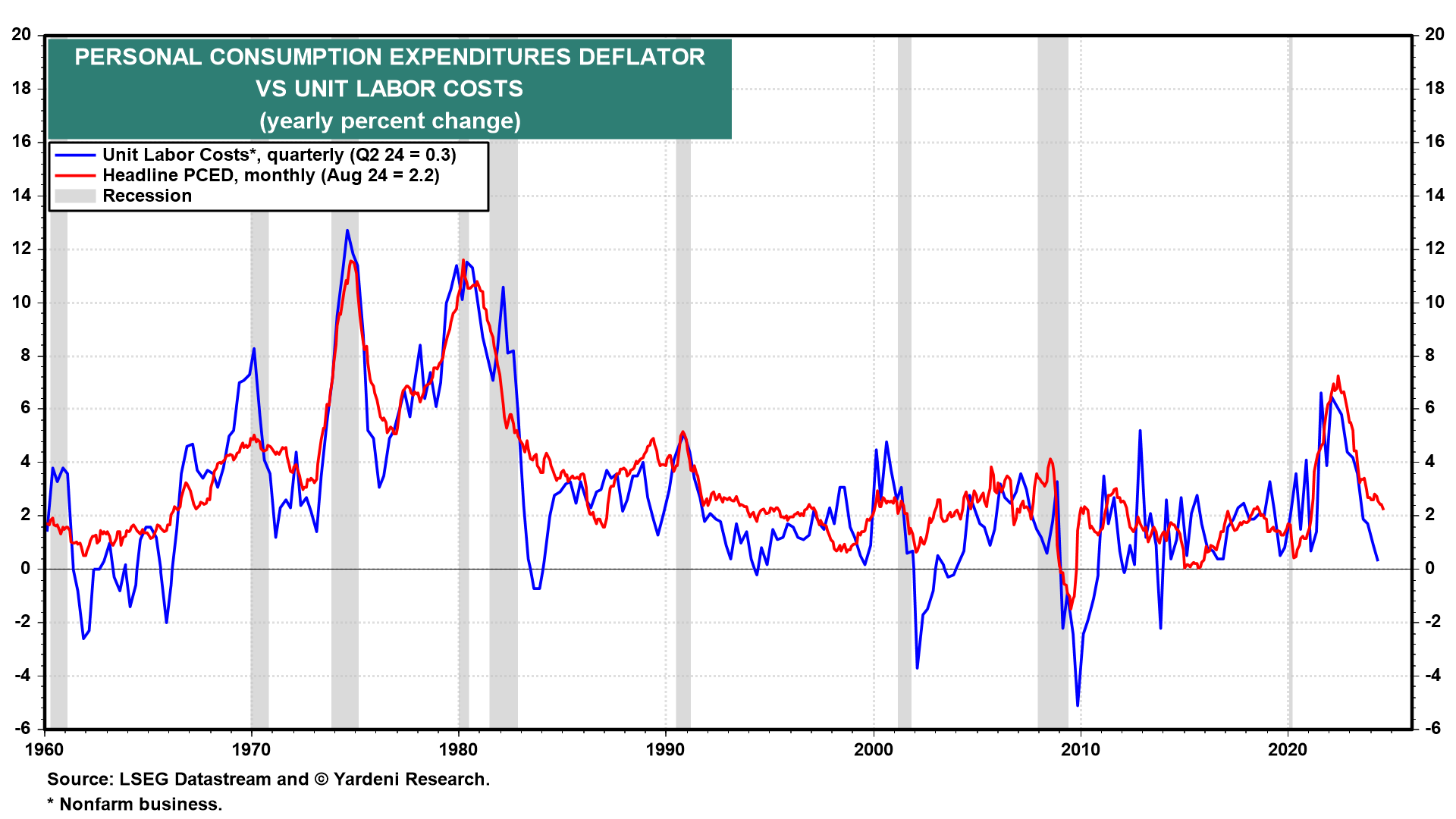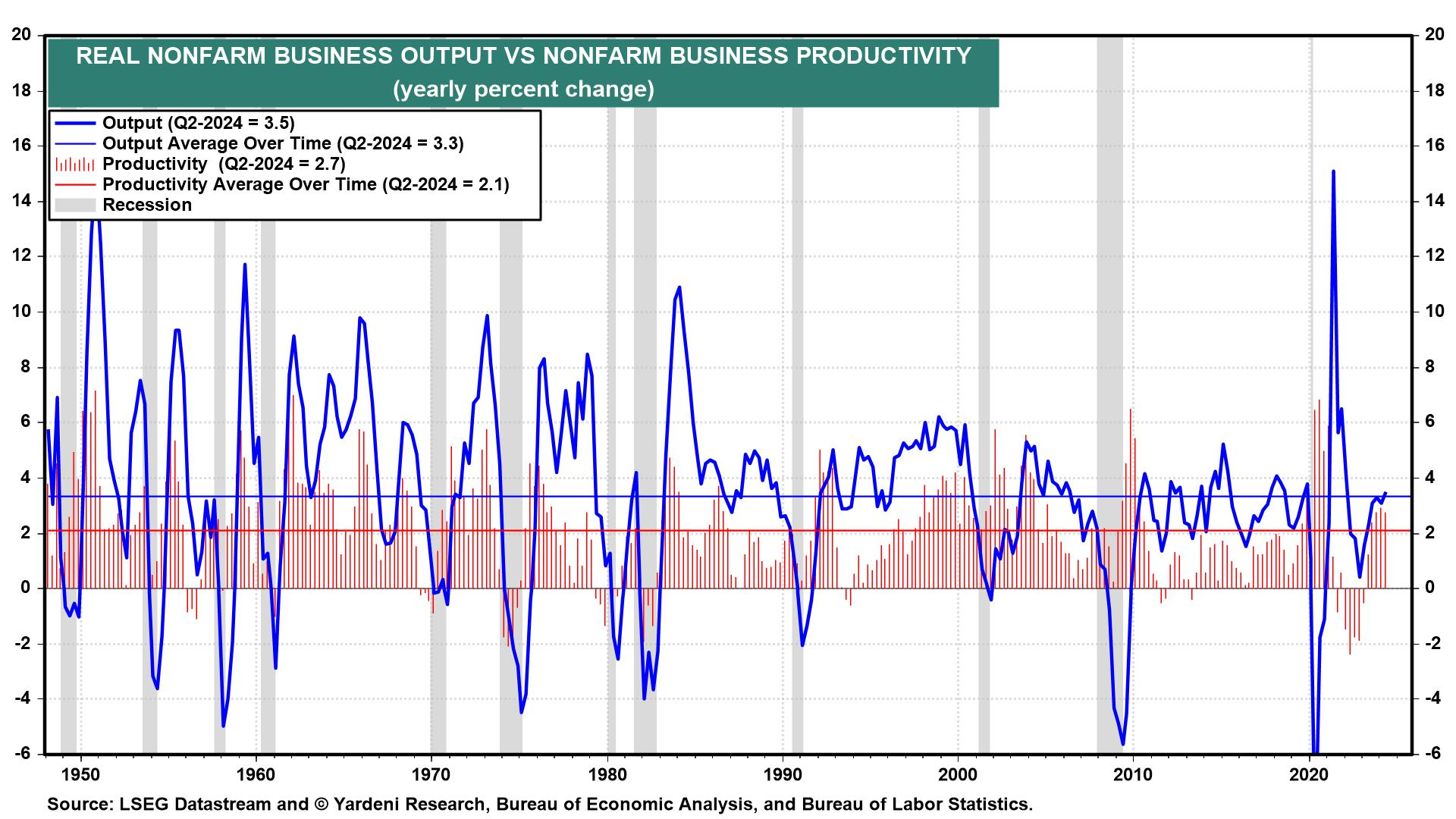Fed officials indicated that the September 18 rate cut was likely to be followed by more cuts. They deemed that 5.25%-5.50% was too restrictive, which is why they cut it by 50bps to 4.75%-5.00%.
That’s still restrictive, in their opinion. According to their September 18 , collectively they seem to be aiming to lower the federal funds rate to 2.9% over the next couple of years.
That’s their estimate of the “longer-run” inflation rate.

The SEP defines it as follows:
“Longer-run projections represent each participant’s assessment of the rate to which each variable would be expected to converge under appropriate monetary policy and in the absence of further shocks to the economy.
The projections for the federal funds rate are the value of the midpoint of the projected appropriate target range for the federal funds rate or the projected appropriate target level for the federal funds rate at the end of the specified calendar year or over the longer run.”
In other words, it is the Fed’s assessment of the so-called “neutral” federal funds rate. We’ve often referred to it as a theoretical concept with no realistic usefulness. Everyone agrees that it can’t be measured and that it probably isn’t constant.
Sure enough, the latest SEP shows little agreement among even the 19 FOMC meeting participants, whose estimates of this long-run rate varied from 2.37% to 3.75%. Based on the performance of the economy, we think the rate is currently 4.00% and probably higher. Here’s why:
1. Economic Growth Amid Tightening
First and foremost, the economy has continued to grow in the face of monetary tightening. The economy is at full employment.
has subsided without a recession. The labor-market part of the Fed’s dual mandate certainly has been accomplished and inflation is fast approaching the Fed’s 2.0% target. In other words, the resilient economy is demonstrating that if there is such a thing as the neutral federal funds rate, we are there.
2. Productivity Growth
Productivity growth seems to be making a comeback, as we’ve been expecting. It is up 2.7% y/y through Q2-2024, exceeding the average of 2.1% since the late 1940s.
As a result, unit labor costs inflation was down to only 0.3% during Q2-2024, contributing significantly to lowering consumer price inflation.
3. Real Economic Growth Remains Strong
Better-than-expected productivity growth also boosts real economic growth at the same time that it’s keeping inflation contained. So the faster productivity growth is, the higher both the nominal and real federal funds rates must be.
Bottom Line
Productivity growth may be one of the most important factors in determining the neutral interest rate. There are lots of other moving parts undoubtedly, including the federal budget deficit.
Over the past three years, it has been at a record high during a period of solid economic growth. Yet inflation has moderated. Large fiscal deficits have boosted economic growth and offset the recessionary impact of the tightening of monetary policy.
Again, the conclusion must be that the neutral interest rate has been increased by the current administration’s fiscal policy. Fed officials may be in denial about this because they are so committed to being nonpolitical that they avoid discussing fiscal policy.
If the Fed continues to lower the federal funds rate, monetary policy will most likely stimulate an economy that doesn’t need to be stimulated. The result could be rebounds in both price and asset inflation rates. The latter is certainly underway in the stock market.

